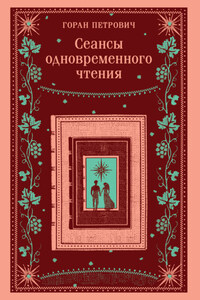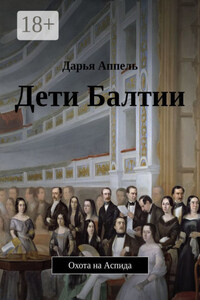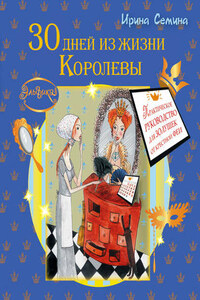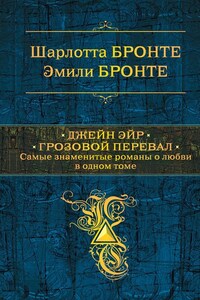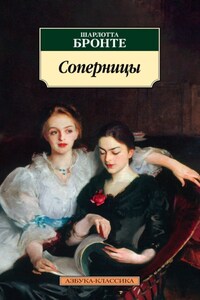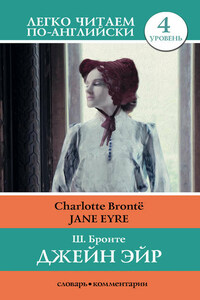Following in the footsteps of Jane Austen, The Brontë sisters, Charlotte, Emily and Anne, were the next generation of female writers. Unlike Austen, they were northerners, born and raised in West Yorkshire, England. There were also two other sisters, Maria and Elizabeth, who sadly died young from tuberculosis, and a brother, Branwell, who became an artist and poet, fuelled by his opium and alcohol addiction.
Charlotte Brontë (1816â55) had three novels published in her lifetime, but it is for Jane Eyre (1847) that she is most celebrated. Her sister, Emily Brontë (1818â48) is lauded for her only novel Wuthering Heights (1847) â a complex tragedy, spanning two generations that expresses the mess people can make of their lives when needs and desires are allowed to control their actions and reactions, as opposed to common sense and restraint.
Anne Brontë (1820-49) is the lesser known of the sisters. She published two novels, Agnes Grey (1847) and the Tennant of Wildfell Hall (1848). Unlike her sisters, Anneâs style was one of realism rather than romanticism, making her the more contemporary writer at the time.
All three sisters used pen names, Currer Bell, Ellis Bell and Acton Bell respectively, as it was quite usual at that time for female novelists to adopt male pseudonyms in an effort to be taken more seriously. Indeed, another well-known female author, George Eliot (1818â80), had the real name Mary Ann Evans. The reputation of the female novelist at the time was uncertain and it seems that Jane Austen herself may have prompted this practice.
The surname Brontë wasnât wholly genuine either. Their father, Patrick, had originally been known as âBruntyâ, a name he claimed, it is widely thought, for reasons of insecurity and vanity. An unusual name gave the illusion of continental sophistication and heritage, in much the same way that some people today settle on double-barrelled surnames to align themselves with the aristocracy.
Unfortunately for the Brontë sisters, they were all rather shortlived. Two years following the death of Charlotte, her friend and fellow novelist Elizabeth Gaskell published a biography of the elder Brontë. Gaskellâs biography created the impression of a family beset by misfortune, which was to all intents and purposes rather true, as their mother, Maria, had passed away in 1821 and even Branwell had died in 1848. Patrick outlived his entire family, dying at the impressive age of 84, in 1861.

